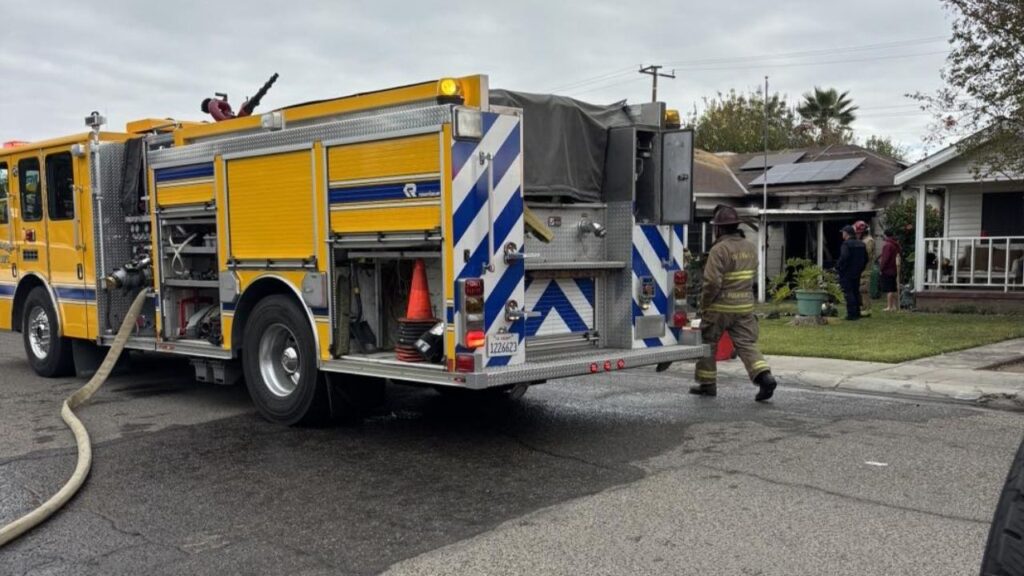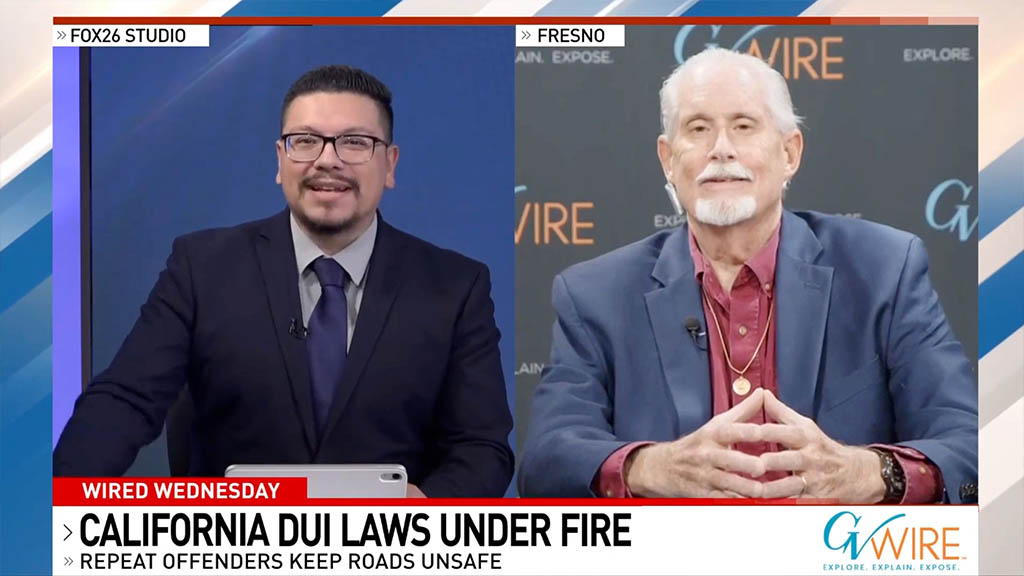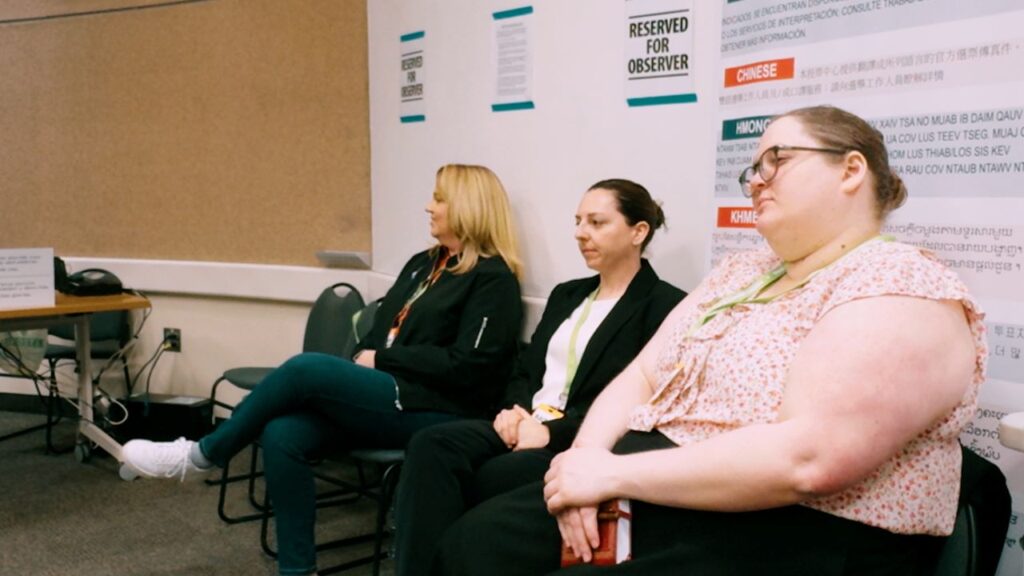Stanford study reveals alarming subsidence rates in California's San Joaquin Valley, threatening water infrastructure and agriculture. (Shutterstock)
Share
|
Getting your Trinity Audio player ready...
|
California’s San Joaquin Valley is sinking at an alarming rate, according to a new study published in Nature Communication Earth and Environment. Researchers from Stanford University found that the average rate of sinking, or subsidence, reached nearly an inch per year between 2006 and 2022.
Quantifying the Valley’s Subsidence
The study, led by Matthew Lees and Rosemary Knight, is the first to quantify the full extent of subsidence in the valley over the past two decades. “Our study is the first attempt to really quantify the full Valley-scale extent of subsidence over the last two decades,” said Knight, a professor of geophysics at Stanford.
Subsidence occurs when groundwater is extracted faster than it can be naturally replenished, causing the land to compact and sink. This phenomenon has forced costly repairs to water infrastructure and exacerbated water supply issues in one of the world’s most productive agricultural regions.
Related Story: Fresno Symposium to Focus on Water’s Impact on Farmland Values
Advanced Measurement Techniques
The researchers used interferometric synthetic aperture radar (InSAR) and GPS data to measure elevation changes across the valley. They estimate that the region’s aquifers need about 220 billion gallons of water annually to prevent future subsidence.
This isn’t the first time the San Joaquin Valley has faced this issue. Between 1925 and 1970, aggressive groundwater pumping caused significant sinking, with some areas dropping by up to 30 feet. The problem resurfaced in the early 2000s due to droughts and increased water demand.
Related Story: Feds Agree to Raise San Luis Reservoir: More Water for Farmers, Communities, ...
To address the issue, the researchers suggest implementing flood-managed aquifer recharge (flood-MAR), which involves diverting excess surface water to replenish aquifers. “We should be targeting the places where subsidence will cause the greatest social and economic costs,” Knight explained.
As California grapples with water scarcity and climate change, addressing subsidence in the San Joaquin Valley remains crucial for the region’s agricultural productivity and water management.
Read more at Stanford News
RELATED TOPICS:
Categories

Kazakhstan to Join Abraham Accords, Trump Says

Chowchilla Police Arrest Two in Connection With Shooting

Who Will Replace Pelosi in Congress?

















